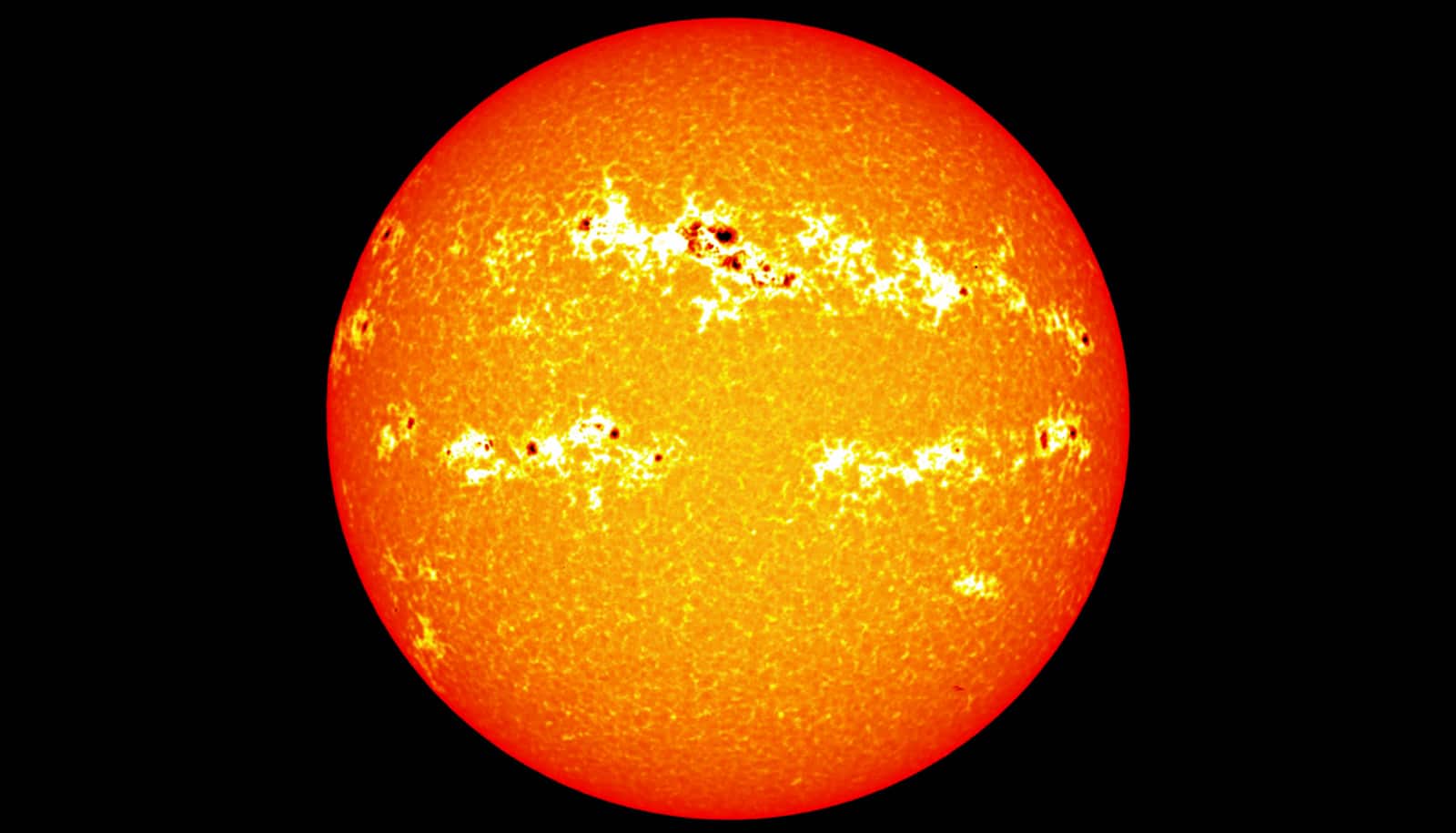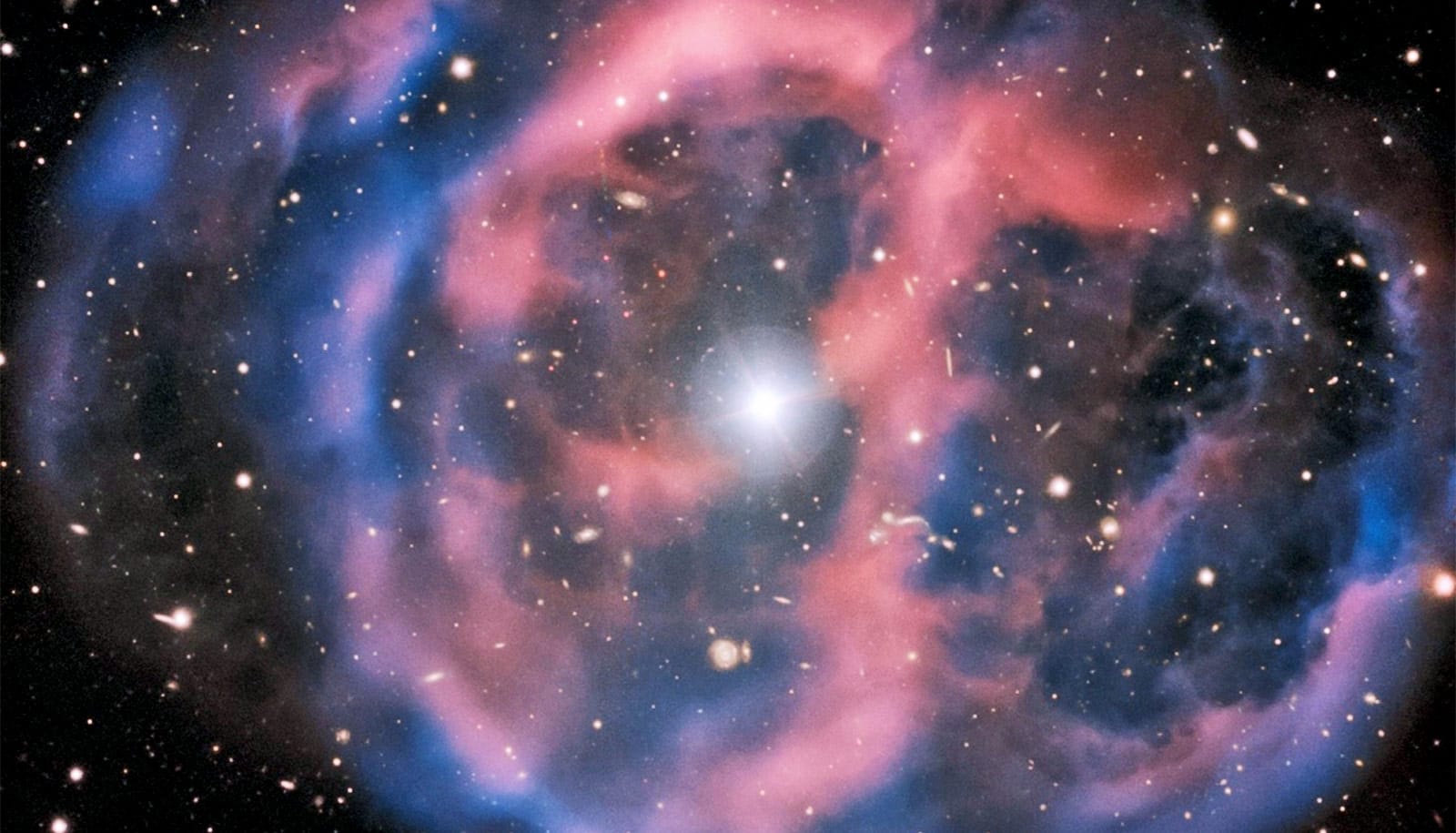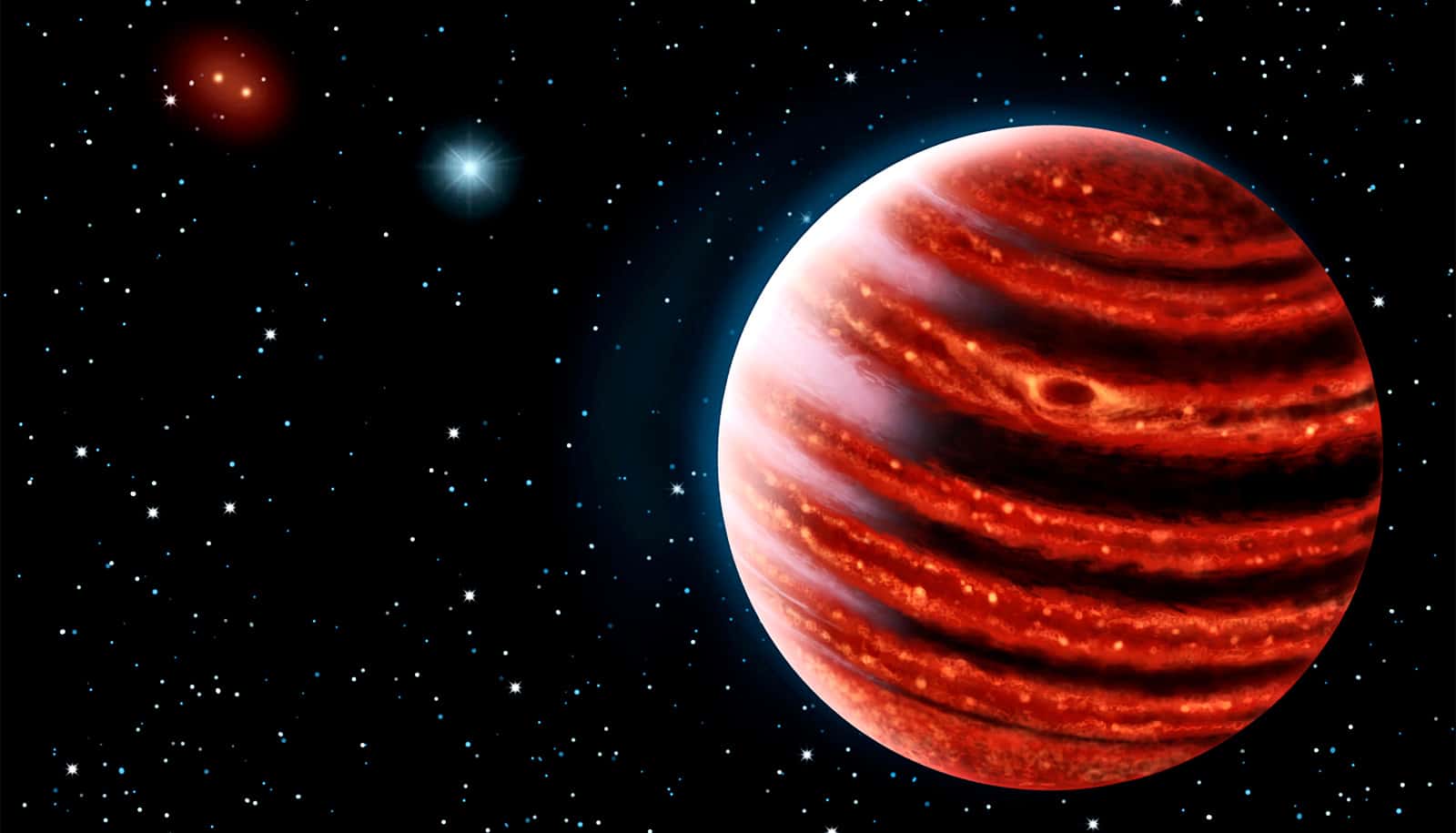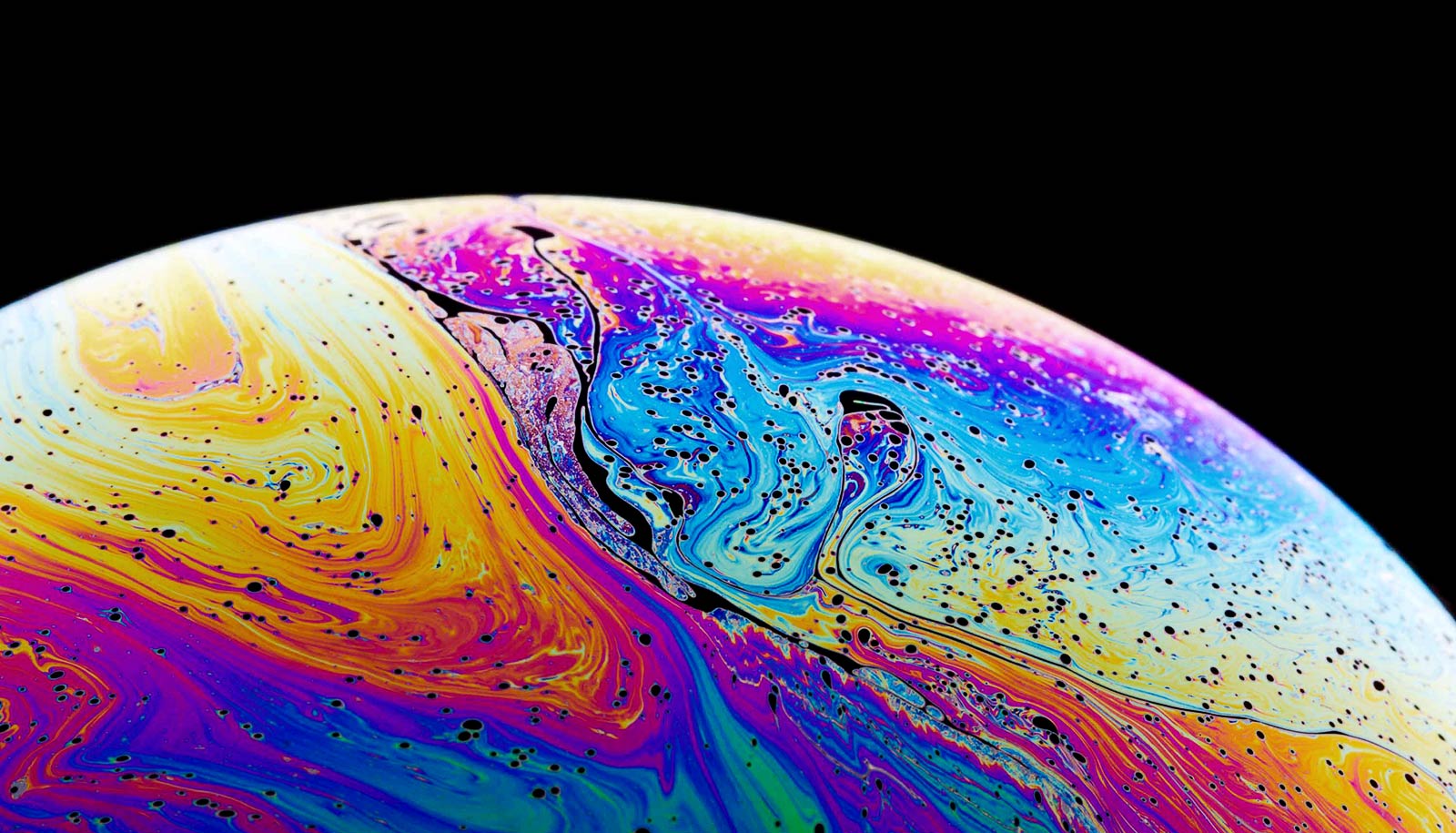A new model of plasma motion could explain the 11-year cycle behind sunspots and several other previously mysterious properties of the sun, researchers report.
For 400 years people have tracked sunspots, the dark patches that appear for weeks at a time on the sun’s surface. They have observed but been unable to explain why the number of spots peaks every 11 years.
“Our model is completely different from a normal picture of the sun,” says first author Thomas Jarboe, a professor of aeronautics and astronautics at the University of Washington. “I really think we’re the first people that are telling you the nature and source of solar magnetic phenomena—how the sun works.”
The authors created a model based on their previous work with fusion energy research. The model shows that a thin layer beneath the sun’s surface is key to many of the features we see from Earth, like sunspots, magnetic reversals, and solar flow, and comparisons with observations of the sun back the model up.
“The observational data are key to confirming our picture of how the sun functions,” Jarboe says.
In the new model, a thin layer of magnetic flux and plasma, or free-floating electrons, moves at different speeds on different parts of the sun. The difference in speed between the flows creates twists of magnetism, known as magnetic helicity, that are similar to what happens in some fusion reactor concepts.
“Every 11 years, the sun grows this layer until it’s too big to be stable, and then it sloughs off,” Jarboe says. Its departure exposes the lower layer of plasma moving in the opposite direction with a flipped magnetic field.
When the circuits in both hemispheres are moving at the same speed, more sunspots appear. When the circuits are different speeds, there is less sunspot activity. That mismatch, Jarboe says, may have happened during the decades of little sunspot activity known as the “Maunder Minimum.”
“If the two hemispheres rotate at different speeds, then the sunspots near the equator won’t match up, and the whole thing will die,” Jarboe says.
“Scientists had thought that a sunspot was generated down at 30% of the depth of the sun, and then came up in a twisted rope of plasma that pops out,” Jarboe says. Instead, his model shows that the sunspots are in the “supergranules” that form within the thin, subsurface layer of plasma that the study calculates to be roughly 100 to 300 miles (150 to 450 kilometers) thick, or a fraction of the sun’s 430,000-mile radius.
“The sunspot is an amazing thing. There’s nothing there, and then all of a sudden, you see it in a flash,” Jarboe says.
The group’s previous research has focused on fusion power reactors, which use very high temperatures similar to those inside the sun to separate hydrogen nuclei from their electrons. In both the sun and in fusion reactors the nuclei of two hydrogen atoms fuse together, releasing huge amounts of energy.
The type of reactor Jarboe has focused on, a spheromak, contains the electron plasma within a sphere that causes it to self-organize into certain patterns. When Jarboe began to consider the sun, he saw similarities, and created a model for what might be happening in the celestial body.
“For 100 years people have been researching this,” Jarboe says. “Many of the features we’re seeing are below the resolution of the models, so we can only find them in calculations.”
He says the theory also explains other properties, iincluding flow inside the sun, the twisting action that leads to sunspots, and the total magnetic structure of the sun. The paper is likely to provoke intense discussion, Jarboe says.
“My hope is that scientists will look at their data in a new light, and the researchers who worked their whole lives to gather that data will have a new tool to understand what it all means,” he says.
A paper describing the new model appears in Physics of Plasmas.
Source: University of Washington



